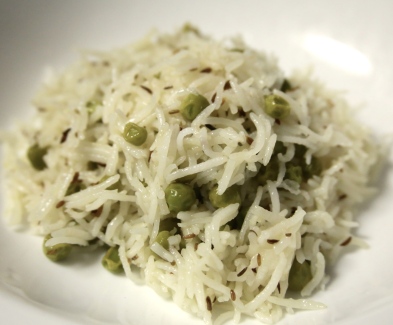
This past week marked the 42nd wedding anniversary of my parents, growing up we celebrated the day with a gathering of friends and family and my mom like always cooked up a feast. Peas Pulao or ghee bhaath, always played an award winning supporting role, complimenting the flavors of the side dishes. In my opinion this dish is the underdog of bengali cuisine and never gets its due credit. Long grained basmati rice flavored with aasto gorom moshala (whole spices), jeere (cumin) and ghee makes for perfectly light and aromatic companion to pretty much any side dish, or to be eaten as is.
Time for Prep: 5 mins Time to Cook: 15 mins Yield: 6 Servings Level: easy
Ingredients:
- 2 cups of Basmati rice
- 1/2 cup green peas (fresh or frozen)
- 1 inch stick of cinnamon
- 4-5 green cardamom
- 1 black cardamom
- 1 Bay leaf
- 7-8 cloves
- 1 tbsp black peppercorns
- 2 tsp caraway seeds
- 2 tsp cumin seeds
- 1 tbsp cilantro, chopped
- 1 tbsp mint, chopped
- 2 tbsp ghee or oil
- 1 tbsp lemon juice
- 3.5 cup water or broth.
- Salt to taste
- 1/4 tsp sugar
Process:
- Rinse and soak rice for 30 mins. Drain and set aside.
- In a heavy bottom pan heat the ghee and add caraway seeds, cumin, cinnamon, cardamom, bay leaf, cloves, black peppercorns. Sauté for till you begin getting the spice aroma around 2-3 mins.
- Add the drained rice, which should’ve gotten a little dry by now. Mix and sauté for around 2 mins or until the rice is well coated and starts to glisten.
- Add green peas, cilantro, mint and sauté for a minute before adding water, salt, sugar and lemon juice. Stir slightly.
- Cover and let cook for around 12-15 mins, when the rice is almost done and there is still a little bit of moisture remaining. Turn off the heat and let it sit for 20-30 mins.
- Using a fork, fluff up the rice a little. Serve with your favorite side dish or with just Raita.
Notes:
- For rice that is fluffy and each grain of rice is separated drain and spread soaked rice on a paper towel or cotton towel to dry it out before cooking. While cooking fry/sauté the rice grains for a 2-3 mins before adding water. While doing so make sure that you don’t stir too vigorously, that will break the rice grain and you will not get those long grains of rice that are visually so appetizing.
- If your using frozen green peas, thaw it before using.


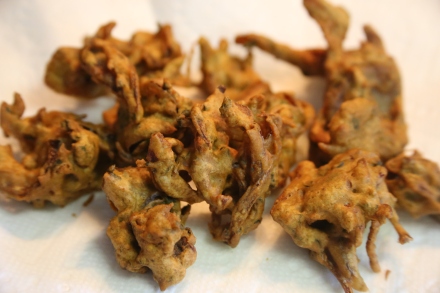




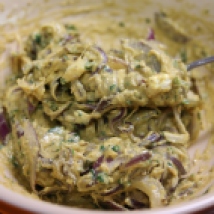

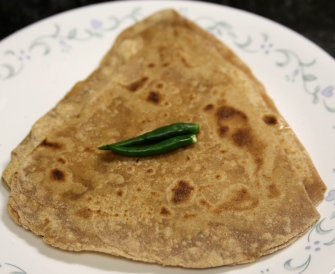






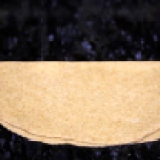





 Health benefits of Cabbage are endless and its a vegetable for which we should make space in our plates on a regular basis. I cook cabbage often and in various ways, but I have noticed that this is one preparation that has converted even cabbage haters to cabbage likers. Its a favorite among my Non-Bengali and Non-Indian friends. Every single time I have served this, it has been a hit. To me its special because it brings back memories of school days and sharing lunch boxes, especially one of my best friend who always claimed rights on this.
Health benefits of Cabbage are endless and its a vegetable for which we should make space in our plates on a regular basis. I cook cabbage often and in various ways, but I have noticed that this is one preparation that has converted even cabbage haters to cabbage likers. Its a favorite among my Non-Bengali and Non-Indian friends. Every single time I have served this, it has been a hit. To me its special because it brings back memories of school days and sharing lunch boxes, especially one of my best friend who always claimed rights on this.




